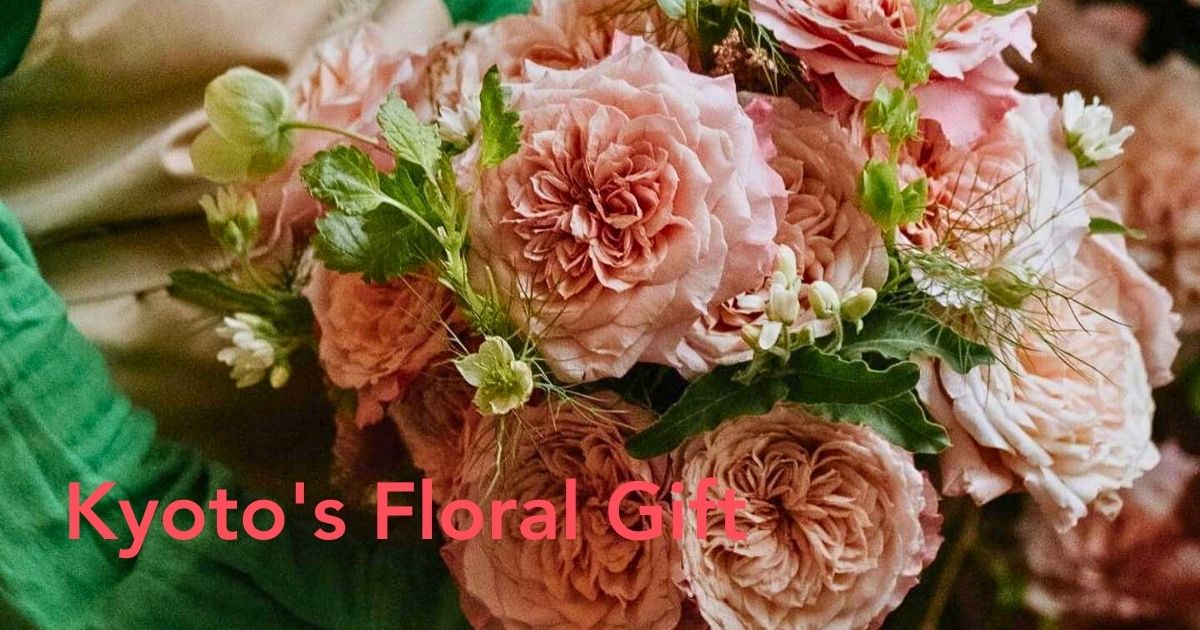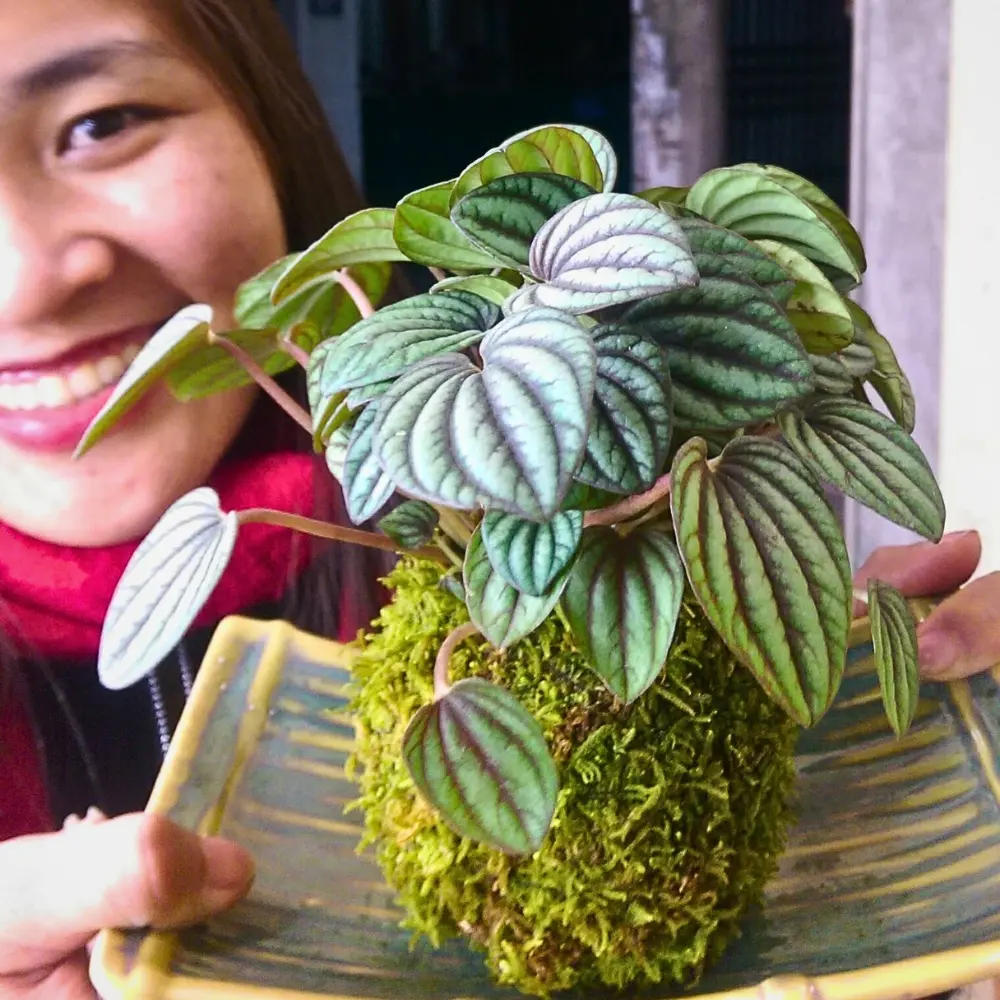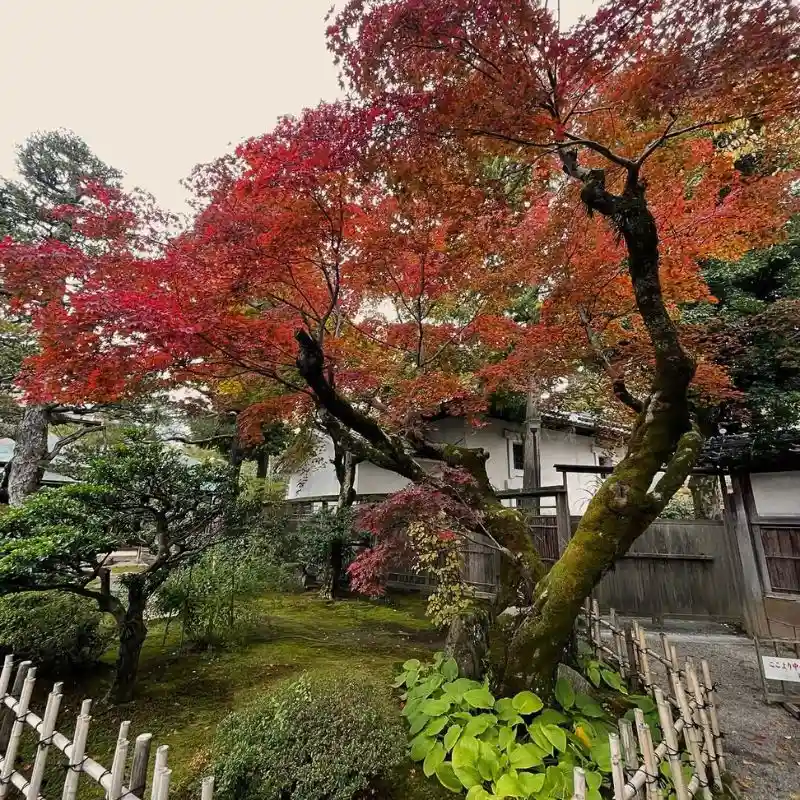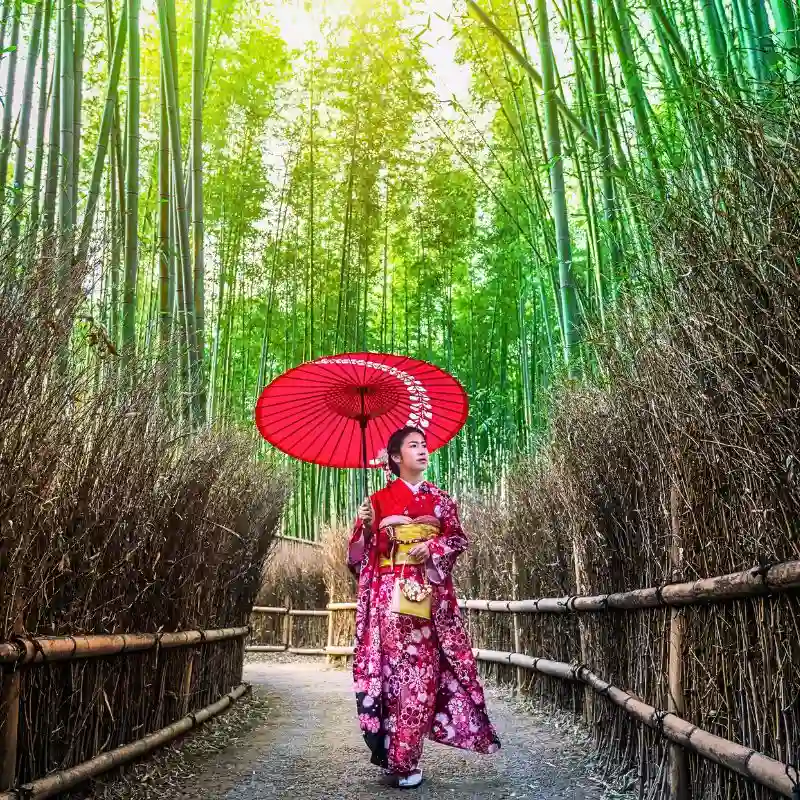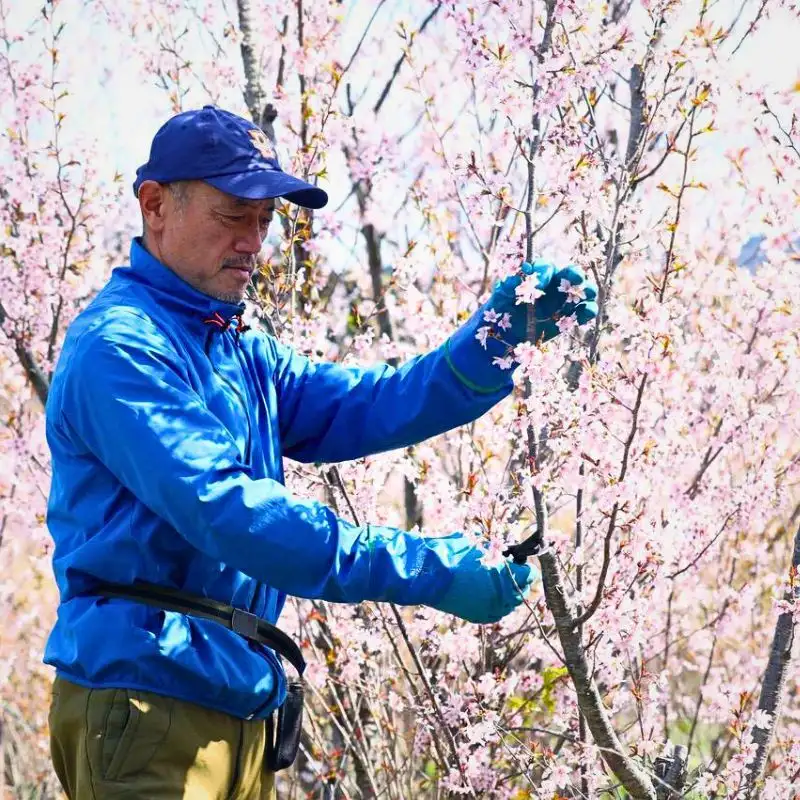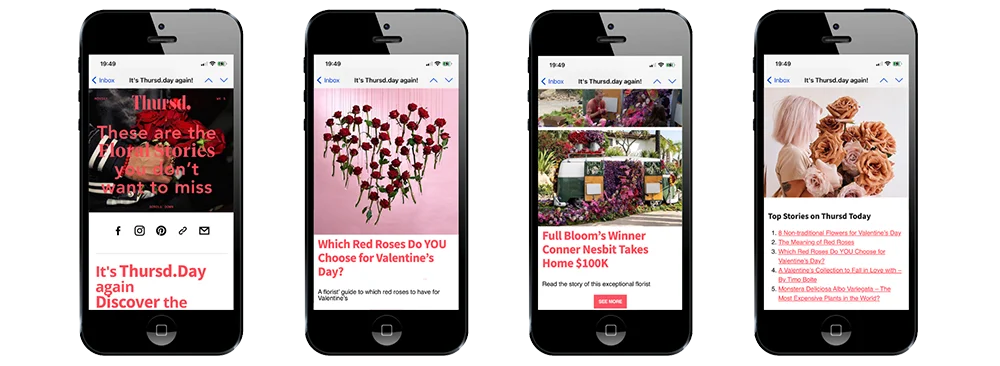In Japan, the name Wabara carries a layered meaning. 'Wa' stands for harmony, peace, and balance, while 'Bara' means rose. Together, Wabara symbolizes the vision of Rose Farm Keiji in Kyoto: roses that reflect nature’s quiet elegance rather than compete with it. These are not simply cut flowers; they are flowering plants cultivated with a philosophy that marries beauty, sustainability, and cultural depth.
The story began with Keiji Kunieda, who, after decades of rose growing, sought to create roses that looked and felt different—delicate yet strong, refined yet natural. Instead of relying on chemical-intensive cultivation, he adopted soil-based farming, organic fertilizers, and an approach that emphasizes working in harmony with nature. His goal was not only to cultivate roses but also to embody the Japanese aesthetic of impermanence, serenity, and understated elegance.
The Journey From Kyoto to the World
The first Wabara rose was introduced in 2007, and within a decade, the collection was recognized internationally for its distinctive identity. Today, Keiji and his son Kenichi oversee the brand, ensuring its values are preserved even as Wabara expands to global markets.
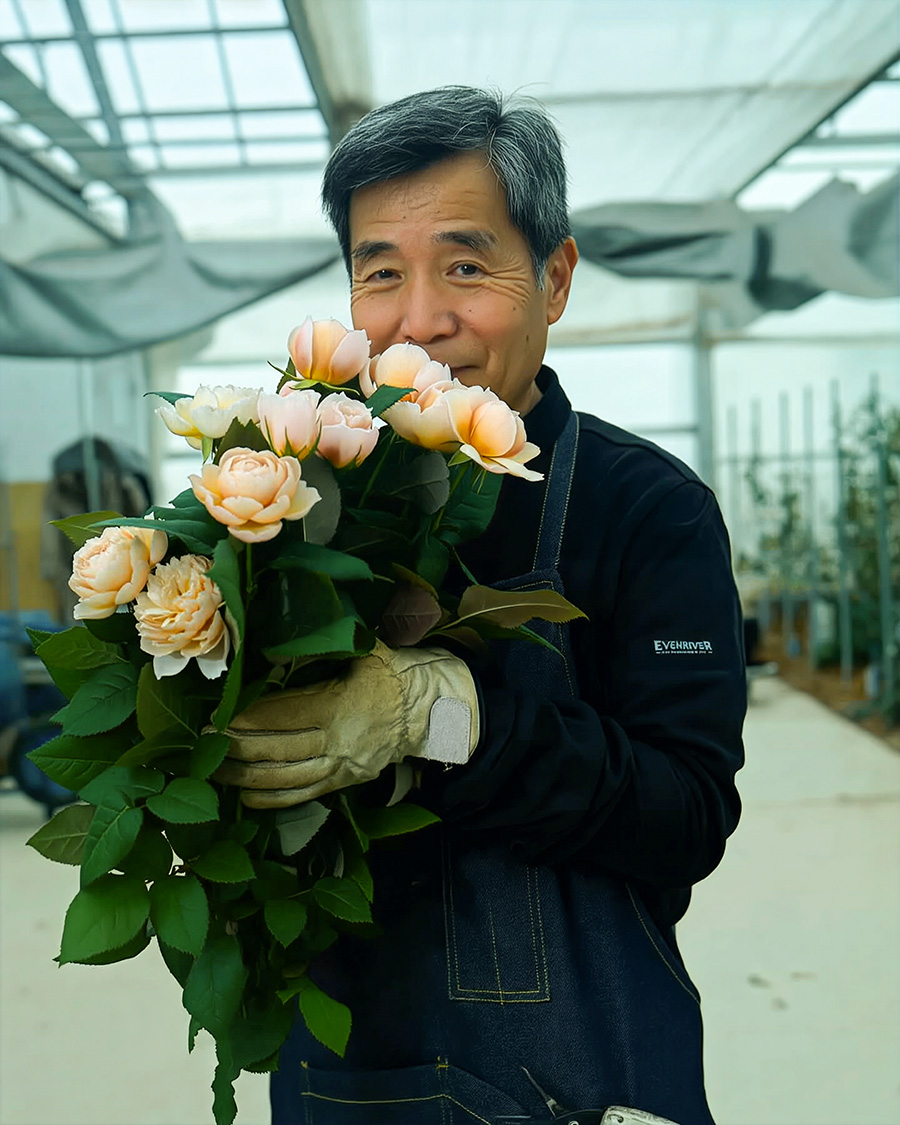
From its original home near Lake Biwa, the Wabara brand has grown through carefully chosen partnerships. Alexandra Farms in Colombia cultivates a wide range of Wabara varieties, producing roses with long stems, large heads, and remarkable vase life. In Kenya, Uhuru Flowers holds exclusive rights to grow Wabara, ensuring that the roses’ unique traits can reach European and Middle Eastern markets efficiently. With growers also in Ecuador, Mexico, and the United States, Wabara has evolved into a global rose brand—while still rooted in Kyoto’s philosophy of harmony.
Roses as Stories, Not Just Stems
Each Wabara variety is designed with intention, often named to reflect Japanese words, concepts, or imagery. They are sometimes described not as roses but as 'flowering plants', echoing their natural textures and evolving forms. Instead of bold colors, the collection leans toward neutrals, sandy tones, soft pinks, and muted lavenders. These tones, along with ruffled petals and generous heads, make them favorites for luxury weddings, fashion editorials, and high-end floral design.

Signature Varieties
- Rose Miyabi is among the most recognizable, opening from a medium pink bud into a star-shaped bloom with a warm peach heart. Its symmetry and balance have made it a florist's favorite.
- Rose Tsumugi carries hundreds of petals in a soft pink cup shape, offering a fragrance reminiscent of lavender. It is seen as a symbol of gracious beauty.
- Rose Ioli stands out with a luxurious lavender tone edged with beige-pink shading, an antique look paired with a long vase life.
- Rose Sola brings a dusty mauve hue, opening into a clustered rosette that adds depth and texture to arrangements.
- Rose Mikoto is both striking and unusual, with a flat form, creamy petals, and a central cluster of green stamens that give it a harp-like delicacy.
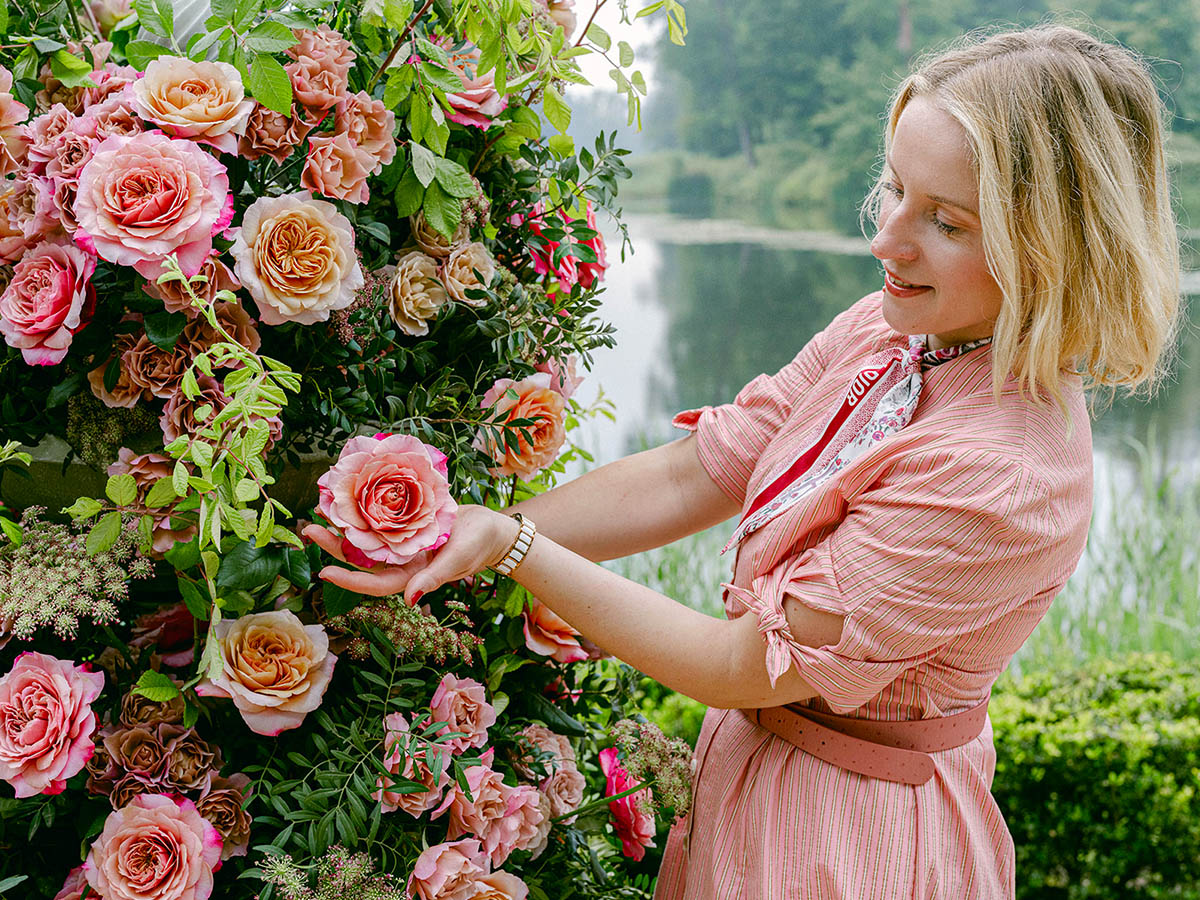
These are just a few among more than sixty varieties in the Wabara collection, each bringing its own mood and story to a designer’s palette.
The 2025 Additions
Recent introductions continue to push the brand forward. Rose Issei, with its peach-sand tone and flat rosette form, evokes the warmth of a late summer sunset. Rose Hana Spr, a sandy-toned spray rose with cappuccino shading, offers a contemporary texture that designers are embracing for editorial work. These new releases show that Wabara is not locked in tradition but continues to innovate while staying true to its essence.
Cultural Resonance Beyond the Farm
Wabara roses are more than flowers for the vase—they are part of a lifestyle. In Moriyama, Japan, the Wabara Café invites visitors into an immersive experience where roses are not only displayed but infused into food, drink, and design. This blend of horticulture and hospitality brings the brand’s philosophy to life: flowers as a daily source of joy, not occasional luxuries.
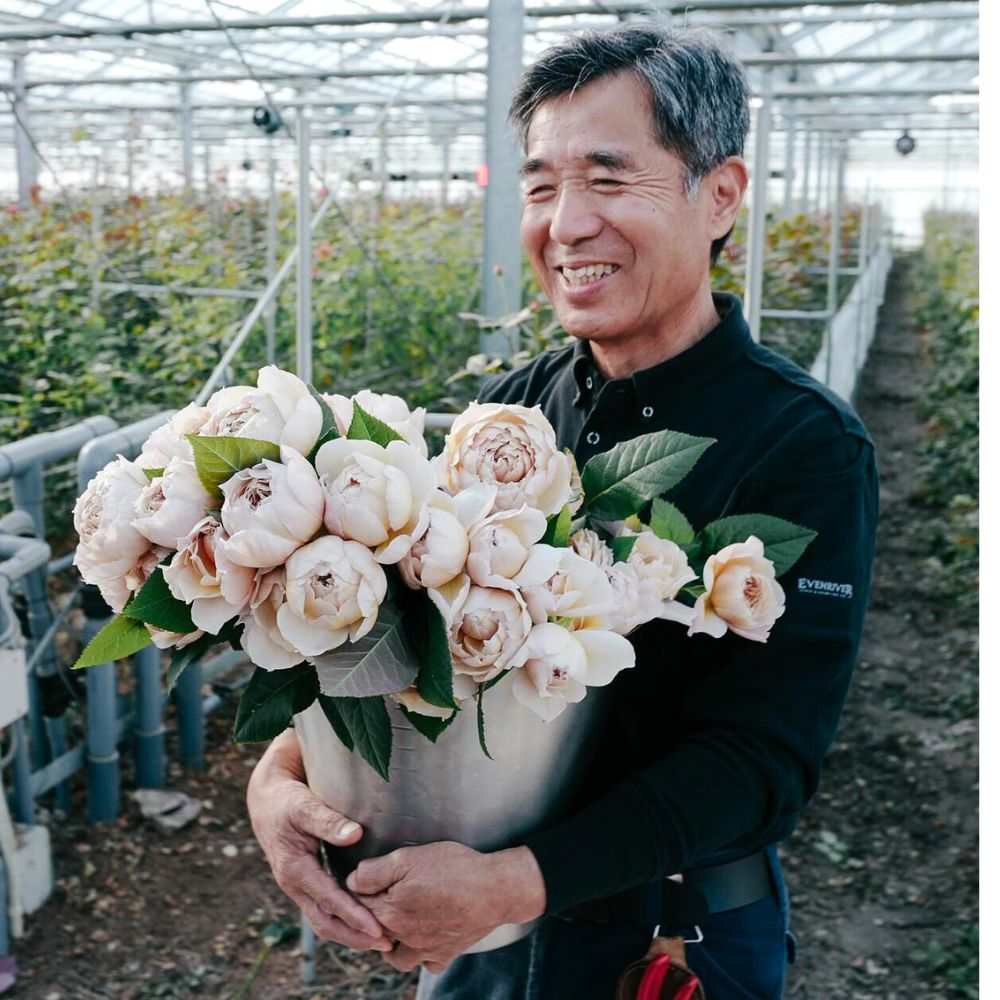
Internationally, Wabara roses are now synonymous with refined elegance. Designers across Europe and the Americas rely on their muted tones for luxury weddings where subtle color and form matter more than bold impact. Editorial designers highlight their imperfectly perfect shapes and textures, framing them as art pieces in their own right. For many florists, arranging with Wabara is like painting with gradients of light and shadow.
Why Wabara Matters Today
The global cut flower industry is saturated with roses, but Wabara stands apart because it is driven less by volume and more by vision. Sustainability plays a central role: growing without chemicals, relying on soil health, and producing flowers that last longer in the vase. These practices resonate with a world increasingly conscious of environmental responsibility.
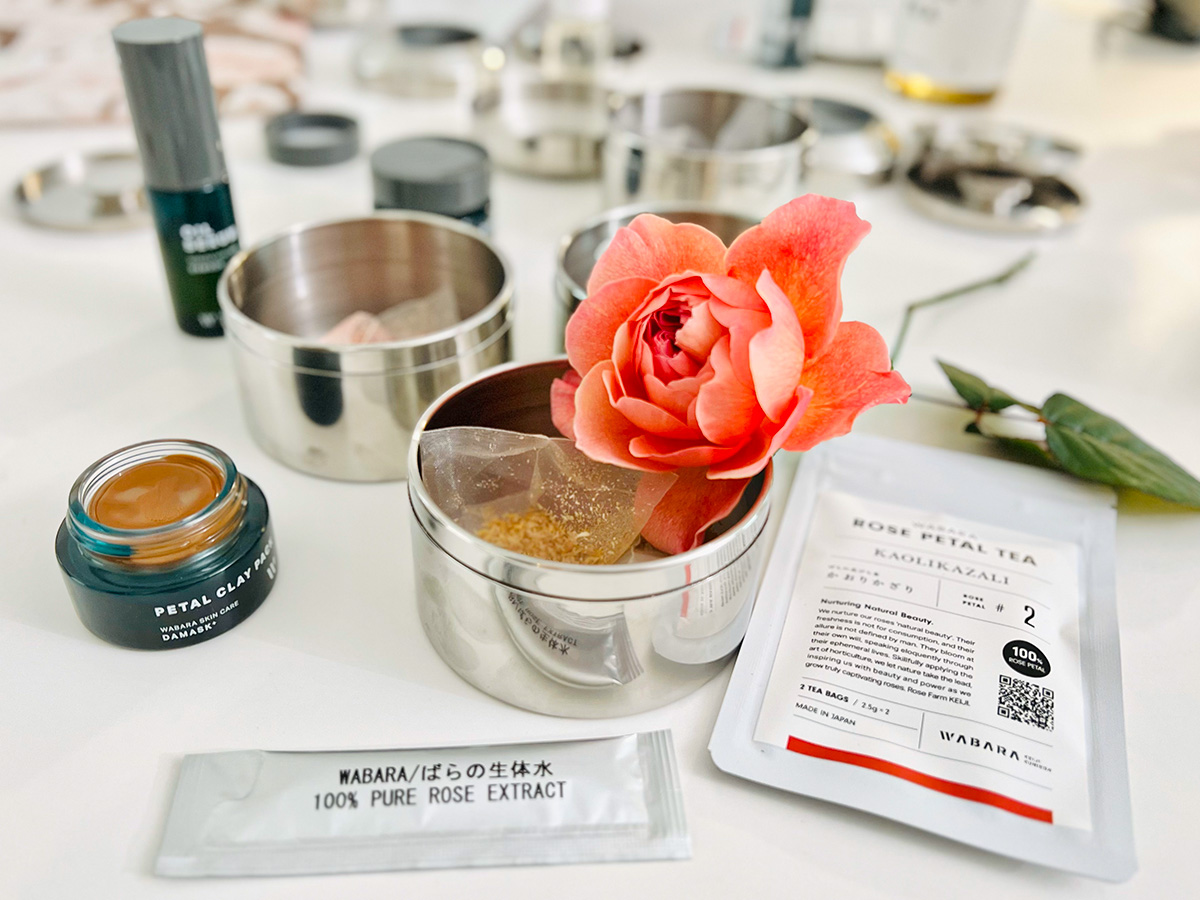
At the same time, Wabara speaks to a design trend favoring nuance over spectacle. In an era when many roses are bred for uniformity and efficiency, Wabara embraces natural variation and personality. They remind us that flowers are not just commodities but cultural messengers—able to evoke emotion, memory, and meaning.
Looking Toward the Future
The trajectory of Wabara suggests a future where roses are not only traded globally but also experienced as part of broader cultural storytelling. With each new variety, with each partnership farm carefully chosen, the brand deepens its role as both grower and curator of aesthetics.
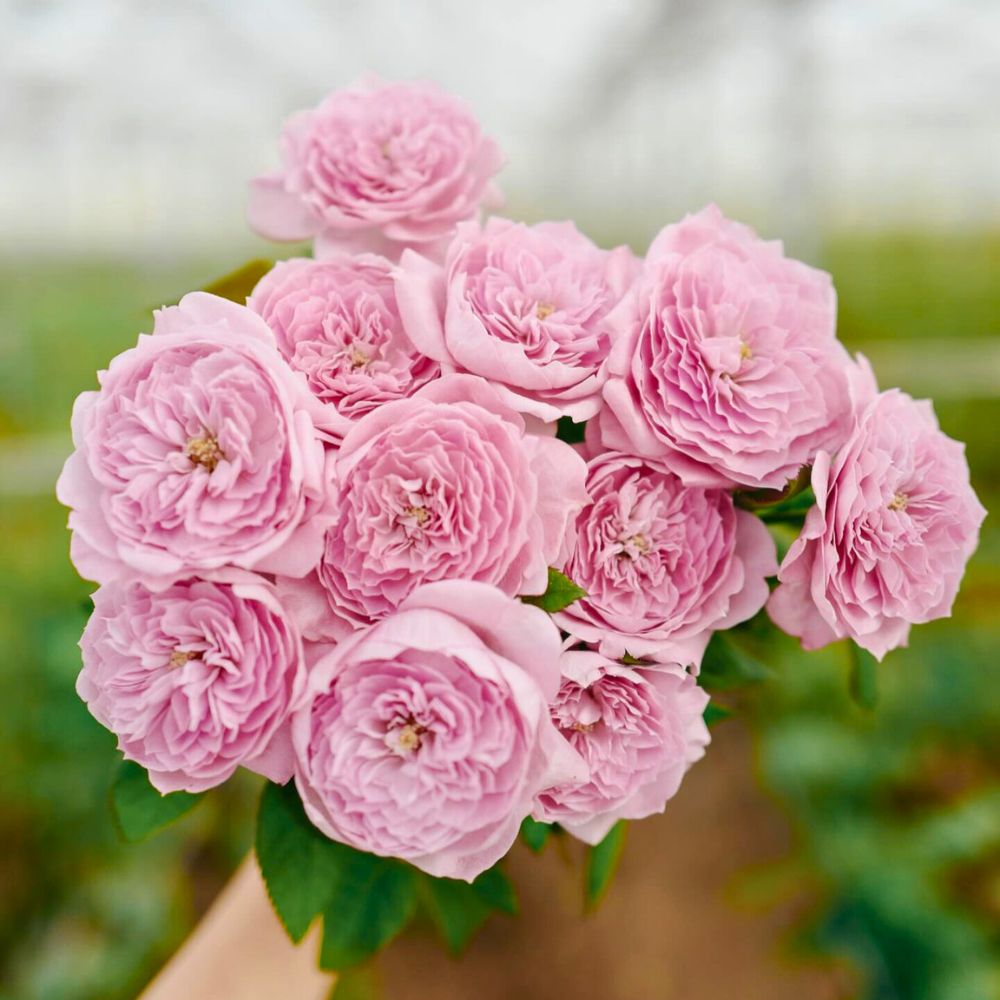
As Wabara continues its journey, its essence remains unchanged: roses that embody harmony. From Kyoto’s fields to Colombian greenhouses, from Kenyan hills to global wedding aisles, these roses prove that beauty rooted in philosophy can transcend geography. Wabara is no longer just Japan’s gift to the world—it has become a language of roses that speaks universally of balance, serenity, and timeless grace.
Header image by @Lottas Floral Studio, other pictures from Katya Hutter and Wabara Roses.

